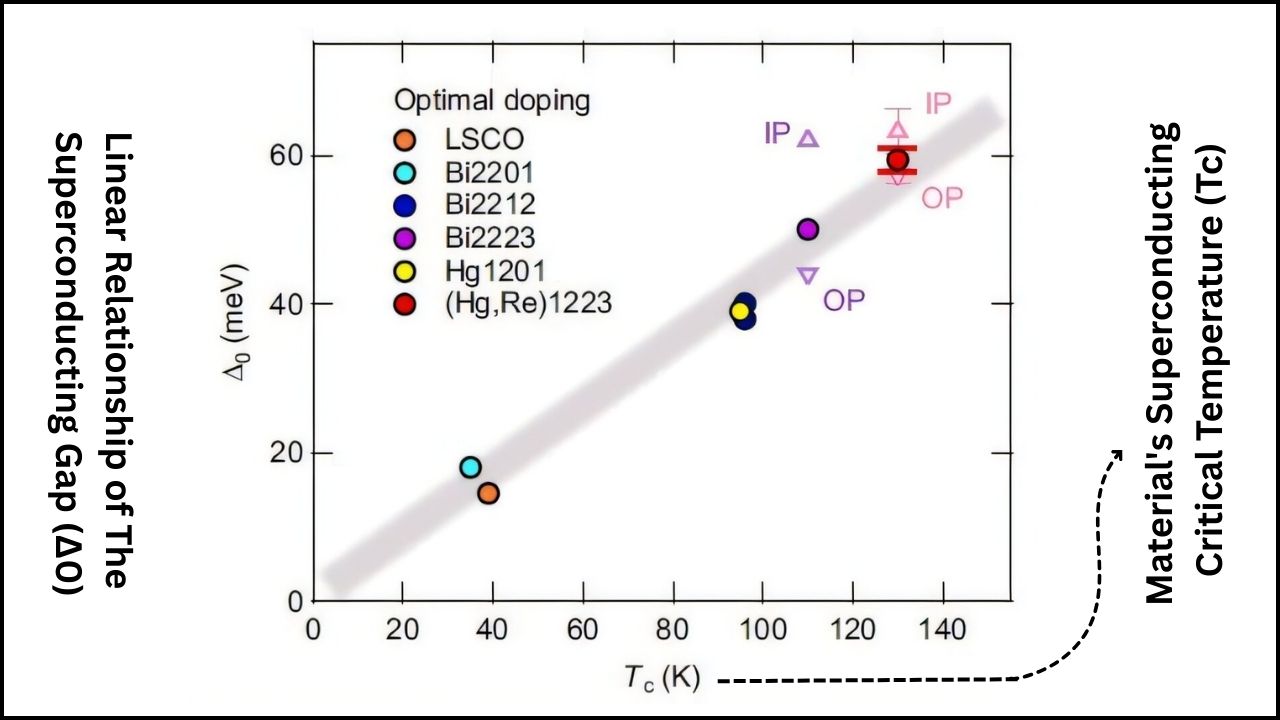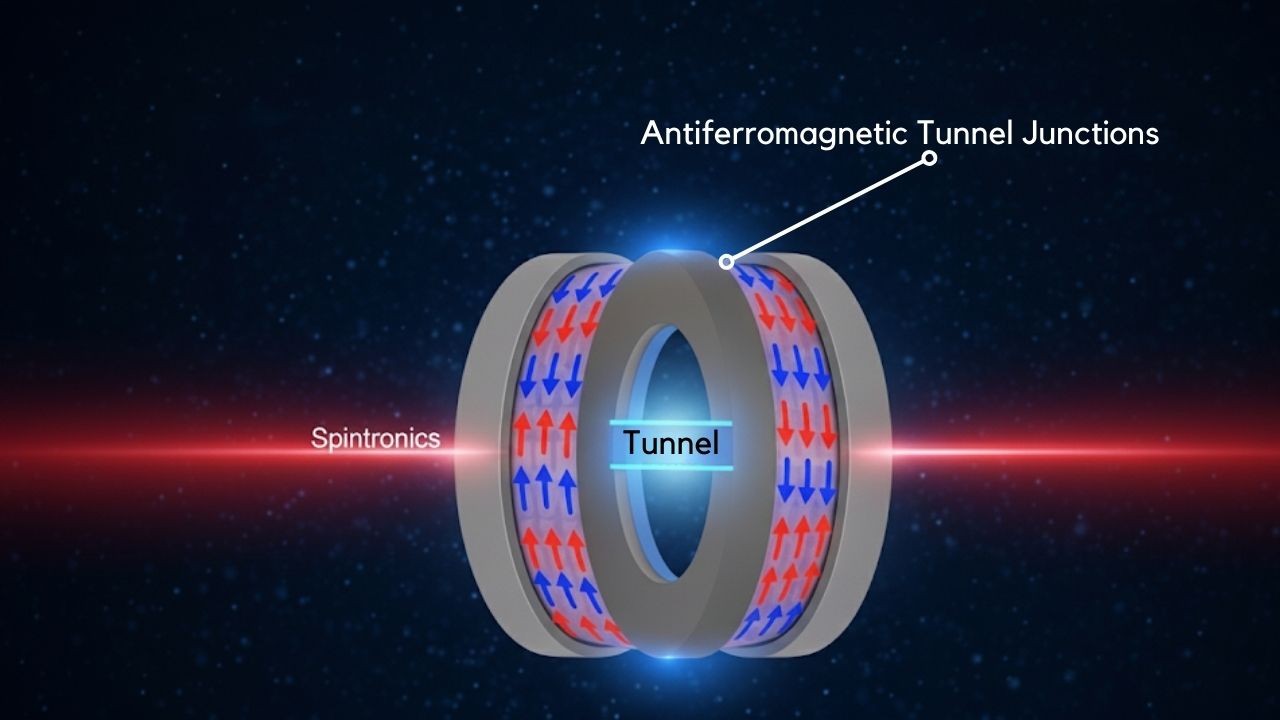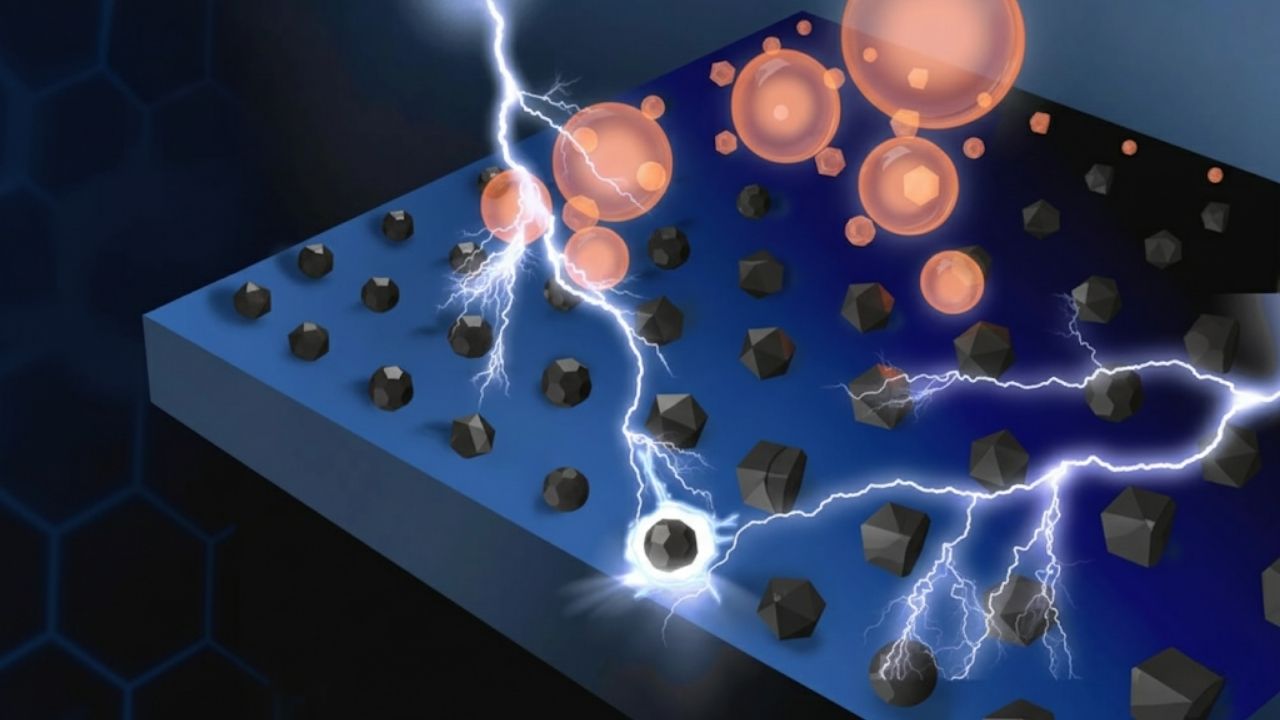Room-temperature quantum computers using light are no longer a distant dream—they are rapidly becoming a practical reality, thanks to a series of groundbreaking scientific advances. For decades, quantum computing has promised to revolutionize industries by solving problems that are impossible for even the fastest classical computers. But until now, the technology has faced daunting barriers, especially the need for ultra-cold environments and complex hardware. Recent breakthroughs in photonic quantum computing—using particles of light as qubits—are changing the game, making quantum computers more accessible, scalable, and energy-efficient than ever before.

In this comprehensive guide, we’ll explore what this breakthrough means, how it works, why it matters, and what it could mean for the future of technology, business, and society. Whether you’re a curious student, a tech professional, or a business leader, you’ll find clear explanations, practical insights, and expert perspectives to help you understand this quantum leap.
Breakthrough Brings Room-Temperature Quantum Computers Using Light Closer to Reality
| Feature/Fact | Details & Data |
|---|---|
| Breakthrough Technology | Error-correcting photonic qubits on silicon chips at room temperature |
| Why It Matters | No need for expensive, bulky cryogenic cooling; enables scalable, practical quantum hardware |
| How It Works | Uses photons (light particles) as qubits; new GKP state enables self-correction within each qubit |
| Industry Leaders | Xanadu (Canada), IonQ (USA) |
| Potential Applications | AI, cryptography, logistics, pharmaceuticals, finance, and more |
| Official Resource | Xanadu Quantum Technologies |
The breakthrough in room-temperature quantum computers using light represents a major milestone in the evolution of quantum technology. By harnessing the unique properties of photons and pioneering new error correction techniques, scientists and engineers are overcoming the biggest barriers to practical quantum computing. This paves the way for a future where quantum computers are not just the domain of specialized labs, but tools that empower businesses, researchers, and innovators everywhere.
Understanding Quantum Computers: The Basics
To appreciate why this breakthrough is so significant, let’s start with the basics. Traditional computers use bits—tiny electrical switches that are either a 0 or a 1—to store and process information.
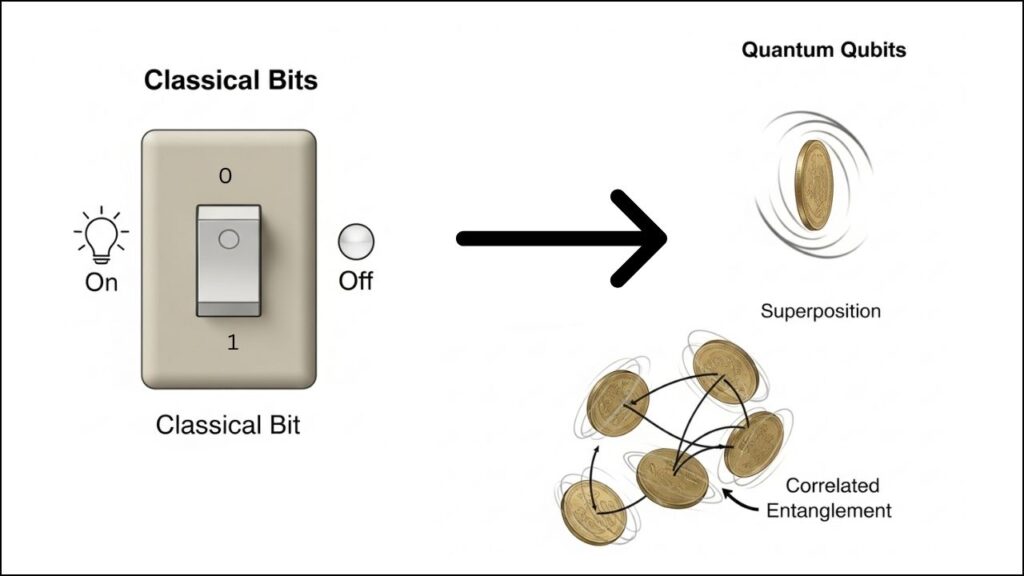
Quantum computers, on the other hand, use qubits. Qubits can exist as both 0 and 1 at the same time, thanks to a phenomenon called superposition. They can also be linked together through entanglement, allowing quantum computers to process information in ways that are impossible for classical computers.
This makes quantum computers incredibly powerful for certain tasks, such as simulating molecules, optimizing complex systems, or cracking encryption codes. However, qubits are extremely delicate. Even the slightest disturbance—like a bit of heat or electromagnetic noise—can cause them to lose their quantum properties, a problem known as decoherence.
The Cooling Challenge
Most current quantum computers use superconducting circuits or trapped ions as qubits. These systems must be kept at temperatures close to absolute zero (about -273°C), colder than deep space. This requires massive, energy-hungry refrigerators and specialized facilities, making quantum computers expensive, bulky, and hard to scale.
The Photonic Revolution: Using Light as Qubits
What Are Photonic Qubits?
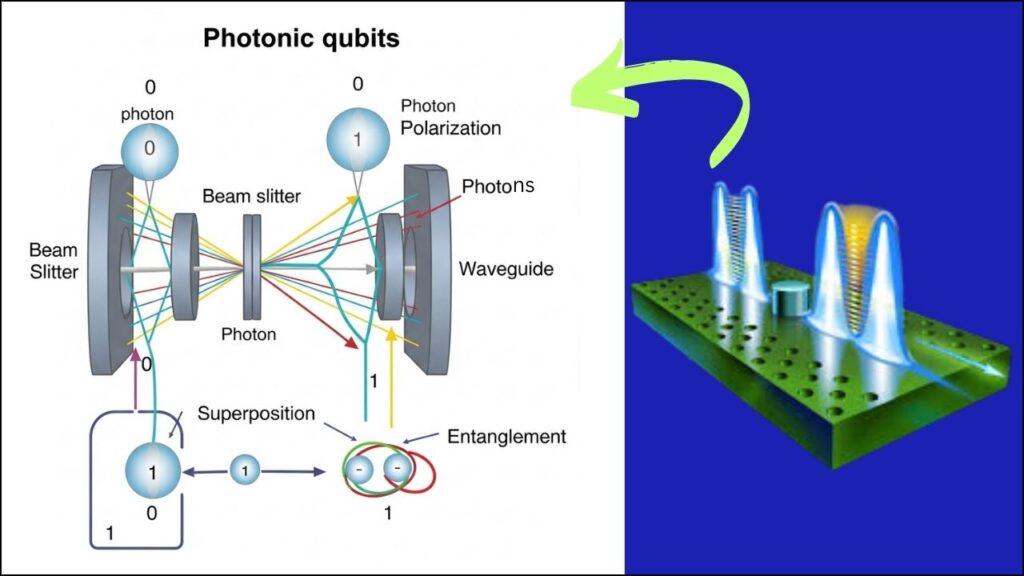
Enter photonic quantum computing. Instead of using electrons or ions, photonic quantum computers use photons—particles of light—as qubits. Photons are naturally resistant to many sources of noise and can travel long distances without losing their quantum information. Most importantly, they can operate at room temperature.
The GKP State: A Breakthrough in Error Correction
One of the biggest challenges in quantum computing is error correction. Quantum information is fragile, and even a single error can disrupt a calculation. Traditionally, error correction requires grouping many physical qubits to create a single “logical” qubit, which is complex and resource-intensive.
The recent breakthrough involves creating a special quantum state known as the Gottesman–Kitaev–Preskill (GKP) state on a silicon chip. This state spreads quantum information across multiple photons, allowing each qubit to detect and correct its own errors. This innovation dramatically reduces the number of qubits needed for reliable computation and simplifies the hardware.
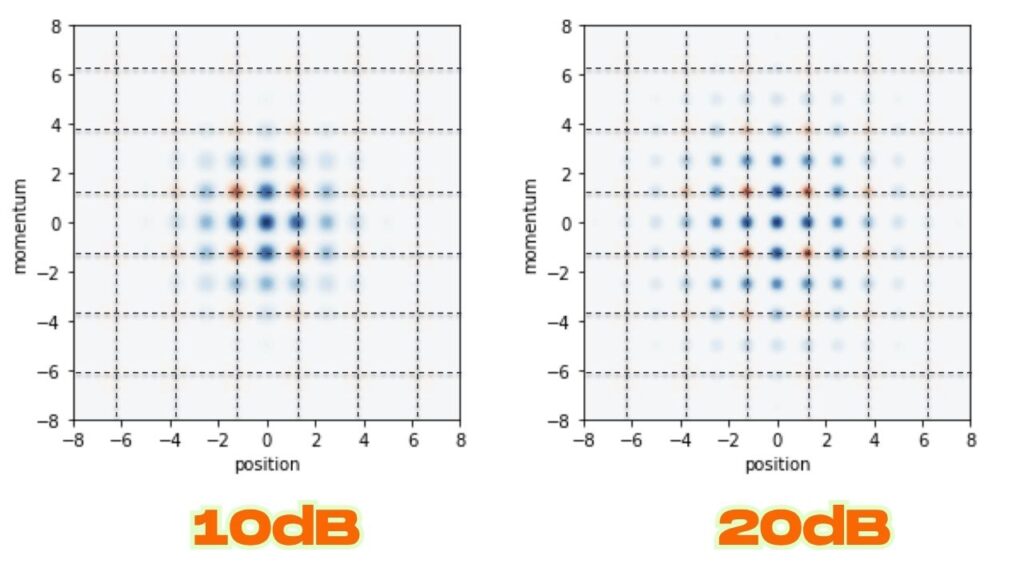
Compatibility with Silicon Technology
Another key advantage is that these photonic qubits can be manufactured using standard silicon chip technology. This means they can be mass-produced using the same processes that make today’s computer chips, paving the way for affordable, scalable quantum computers.
Why This Breakthrough Matters
1. Eliminating Cryogenic Cooling
By operating at room temperature, photonic quantum computers eliminate the need for expensive cooling systems. This reduces energy consumption, lowers costs, and makes quantum computers smaller and more portable. It also means quantum computers could be installed in regular data centers, offices, or even homes in the future.
2. Scalability and Mass Production
Using silicon chip technology allows for mass production of photonic quantum processors. This makes it possible to build large-scale quantum computers with thousands or millions of qubits, accelerating the development and adoption of quantum computing.
3. Easier Integration and Maintenance
Room-temperature operation simplifies maintenance and integration with existing technology. Quantum computers can be more easily upgraded, repaired, and connected to classical computing infrastructure, making them more practical for real-world applications.
Practical Advice: What Should You Do Next?
For Business Leaders and Professionals
- Start exploring quantum use cases: Identify areas in your industry where quantum computing could provide a competitive advantage, such as optimization, machine learning, or cryptography.
- Build quantum literacy: Invest in training for your team to understand quantum principles, programming, and potential business impacts.
- Monitor industry developments: Stay informed about advances from leading quantum companies and research institutions. Early adoption could offer significant advantages.
For Students and Enthusiasts
- Learn the fundamentals: Study basic quantum mechanics concepts like superposition, entanglement, and quantum gates.
- Experiment with quantum simulators: Many platforms offer free access to quantum simulators, allowing you to experiment with quantum algorithms on a regular computer.
- Follow leading companies: Keep an eye on companies like Xanadu and IonQ for news, educational resources, and open-source tools.
Real-World Applications: Where Will Photonic Quantum Computers Make a Difference?
Artificial Intelligence and Machine Learning
Quantum computers can process vast amounts of data and perform complex calculations at unprecedented speeds. This could revolutionize AI by enabling faster training of machine learning models, more accurate predictions, and new types of algorithms.
Cryptography and Cybersecurity
Quantum computers have the potential to break current encryption methods, but they can also enable new, ultra-secure communication protocols using quantum key distribution. This could transform cybersecurity for governments, businesses, and individuals.
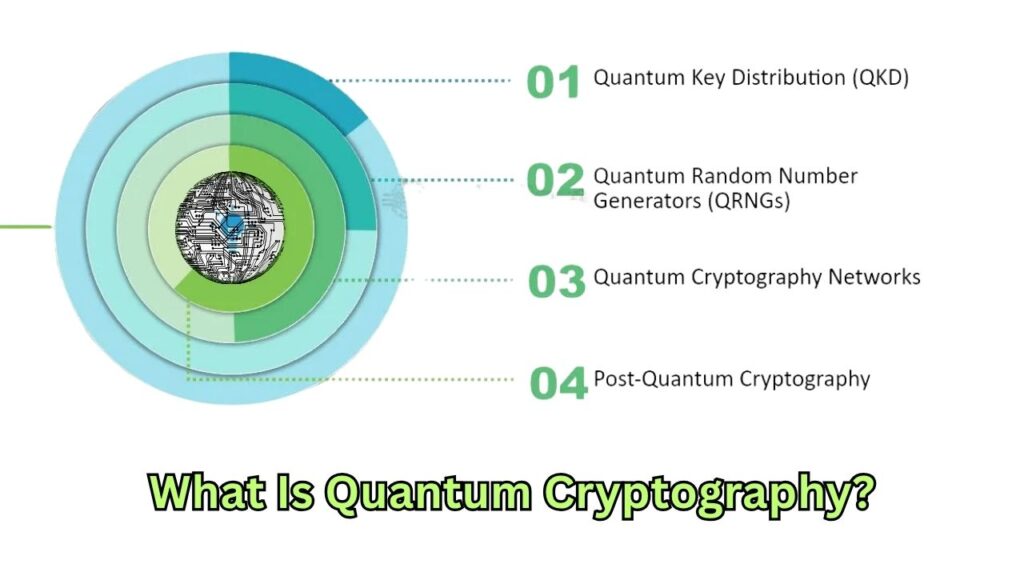
Drug Discovery and Materials Science
Simulating molecules and chemical reactions is one of the most promising applications of quantum computing. Photonic quantum computers could help researchers discover new medicines, design advanced materials, and accelerate scientific breakthroughs.
Logistics and Optimization
From finding the shortest delivery routes to optimizing supply chains, quantum computers excel at solving complex optimization problems. This could lead to more efficient transportation, reduced costs, and improved sustainability.
The Path to Commercial Quantum Computing
Industry Leaders and Collaborations
Companies like Xanadu and IonQ are at the forefront of photonic quantum computing. They are building prototypes, developing cloud-based quantum computing services, and collaborating with universities and industry partners to accelerate progress.
Cloud Access and Democratization
Even before large-scale quantum computers are available for purchase, many companies are offering cloud-based access to quantum hardware. This allows researchers, developers, and businesses to experiment with quantum algorithms and explore potential applications without investing in their own hardware.
Ongoing Challenges
Despite remarkable progress, several challenges remain:
- Scaling up: Building quantum computers with enough qubits for practical applications is still a major engineering challenge.
- Error rates: While GKP states improve error correction, further advances are needed to achieve the reliability required for commercial use.
- Software and algorithms: New algorithms must be developed to fully harness the power of photonic quantum computers.
China Uses Quantum Computer to Break RSA Encryption—A Wake-Up Call for Global Cybersecurity
India Launches First Full-Stack Quantum Computer Indus: A Major Leap in Quantum Technology
Quantum Computers Are Random by Design — And That Might Be Their Greatest Strength
FAQs About Breakthrough Brings Room-Temperature Quantum Computers Using Light Closer to Reality
What is a photonic qubit?
A photonic qubit is a quantum bit made from a photon, the fundamental particle of light. Photons are ideal for quantum computing because they are less affected by heat and environmental noise.
Why is room-temperature operation a big deal?
Room-temperature operation means quantum computers no longer need expensive, energy-intensive cooling systems. This makes them smaller, cheaper, and easier to deploy in everyday environments.
How does the new error correction work?
The breakthrough uses a special quantum state (GKP state) that spreads information across multiple photons, enabling each qubit to detect and correct its own errors. This reduces the need for complex error-correcting codes and extra qubits.
Are room-temperature quantum computers available now?
Prototypes exist, and cloud-based quantum computing services are available, but fully commercial room-temperature quantum computers are still in development. The pace of progress suggests they could become widely available within the next decade.
Which industries will benefit most?
Industries that rely on complex calculations—such as finance, pharmaceuticals, logistics, and cybersecurity—are likely to see the earliest and most significant benefits.
The Future: What’s Next for Quantum Computing with Light?
The journey to practical, room-temperature quantum computers is well underway. As research continues and technology matures, we can expect to see:
- Rapid scaling of quantum hardware: Thanks to compatibility with silicon chip manufacturing.
- New quantum algorithms: Tailored for photonic qubits and real-world problems.
- Integration with classical computing: Hybrid systems that combine the strengths of quantum and classical processors.
- Wider adoption across industries: From healthcare to energy, quantum computing will unlock new possibilities for innovation and efficiency.
The transition from laboratory experiments to commercial products will require continued investment, collaboration, and education. But the momentum is undeniable. The age of accessible, scalable, and practical quantum computing—powered by light—is fast approaching.

